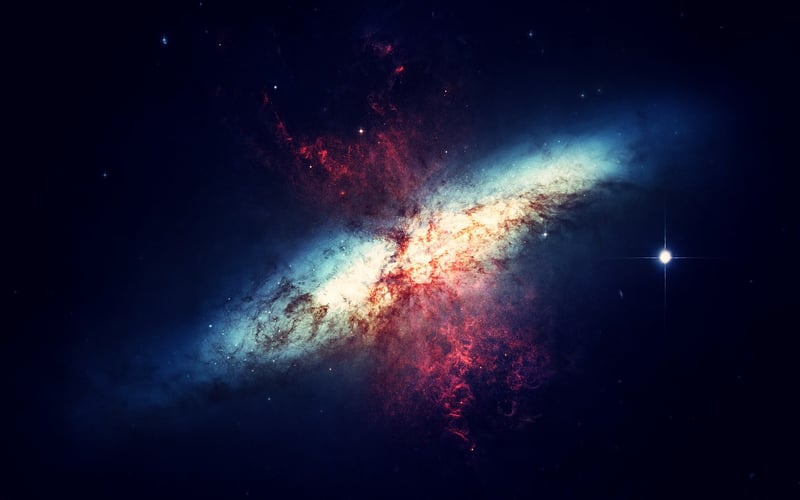Gamma-ray Bursts
Detecting Signals from Space
Introduction
Space is a vast expanse filled with mysteries and wonders, and one of the most exciting aspects of exploring space is detecting signals that come from the far reaches of the universe. One such fascinating phenomenon is Gamma-ray Bursts (GRBs), powerful and brief emissions of gamma-ray radiation that provide valuable insights into the cosmos.
What are Gamma-ray Bursts?
Gamma-ray Bursts are intense flashes of gamma-ray light lasting from a few milliseconds to several minutes. They are the most energetic events in the universe and are thought to be produced during supernova explosions or the merger of neutron stars.
How are Gamma-ray Bursts Detected?
There are several space-based observatories dedicated to detecting Gamma-ray Bursts, such as the Fermi Gamma-ray Space Telescope and the Swift Gamma-Ray Burst Mission. These observatories are equipped with specialized instruments that can detect the high-energy gamma-ray radiation emitted during a GRB.
Importance of Gamma-ray Bursts
Studying Gamma-ray Bursts is crucial for understanding the early universe, as GRBs can be seen from vast distances, providing information about the conditions of the universe billions of years ago. Additionally, GRBs can reveal details about the processes involved in the formation and evolution of stars and galaxies.
Challenges in Detecting GRBs
Despite the advanced technology used to detect Gamma-ray Bursts, there are still challenges in observing and studying these events. The fleeting nature of GRBs makes it difficult to capture detailed data, and the exact mechanisms behind the generation of gamma-ray bursts are not yet fully understood.
Conclusion
Gamma-ray Bursts are extraordinary cosmic events that continue to captivate astronomers and researchers, offering a glimpse into the most extreme phenomena in the universe. By studying these powerful bursts of energy, scientists hope to unlock further secrets of the cosmos and gain a deeper understanding of the fundamental processes that shape our universe.


